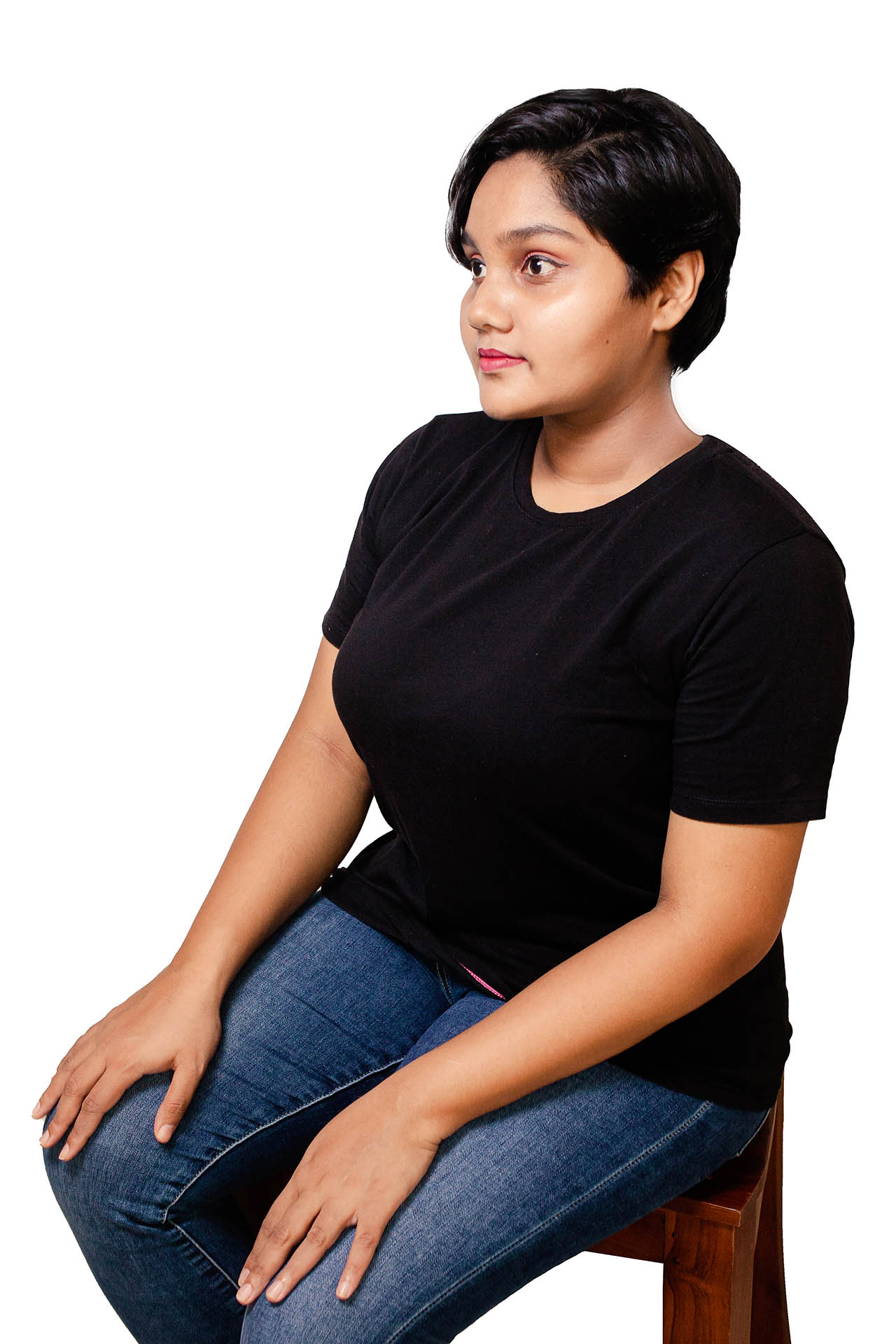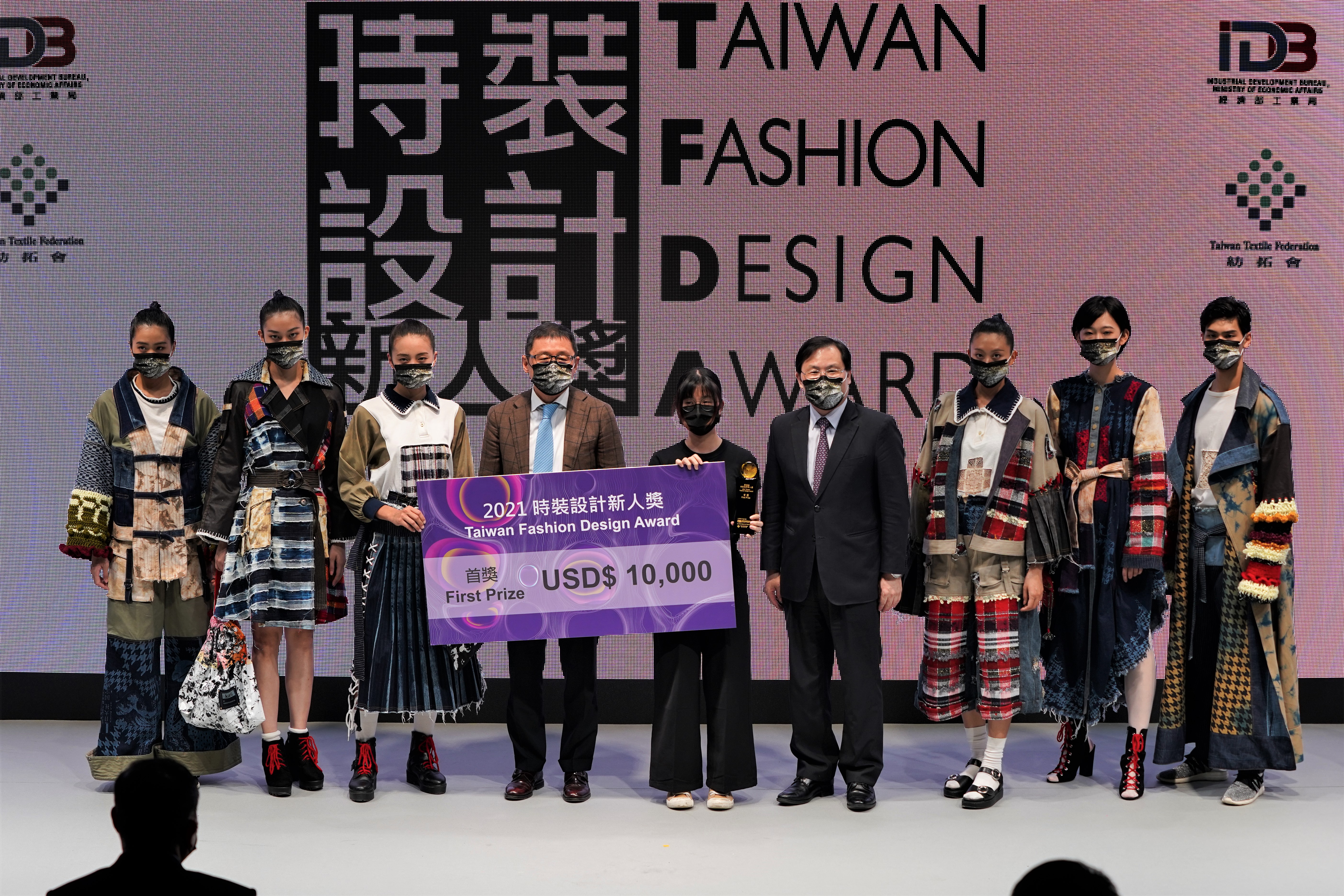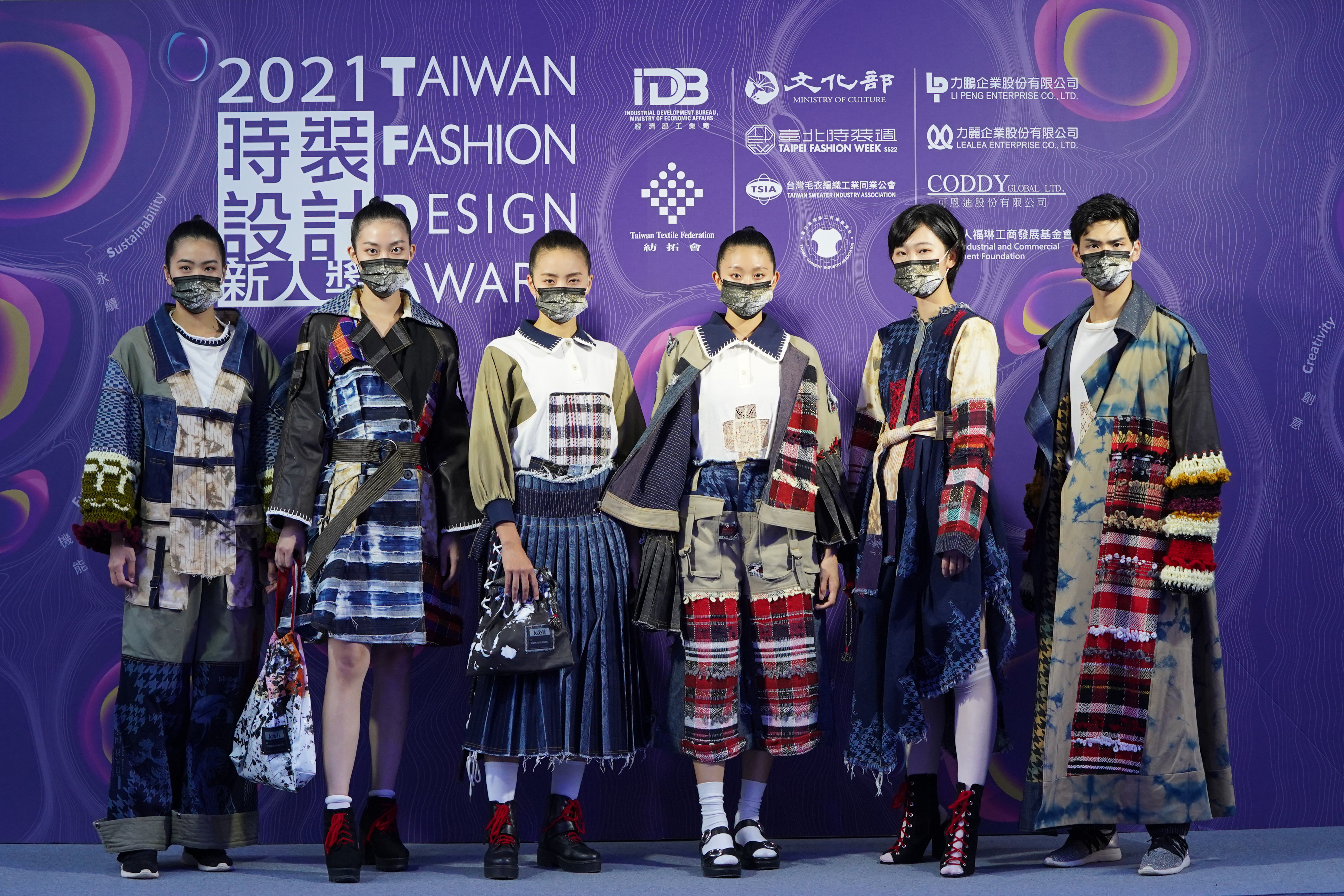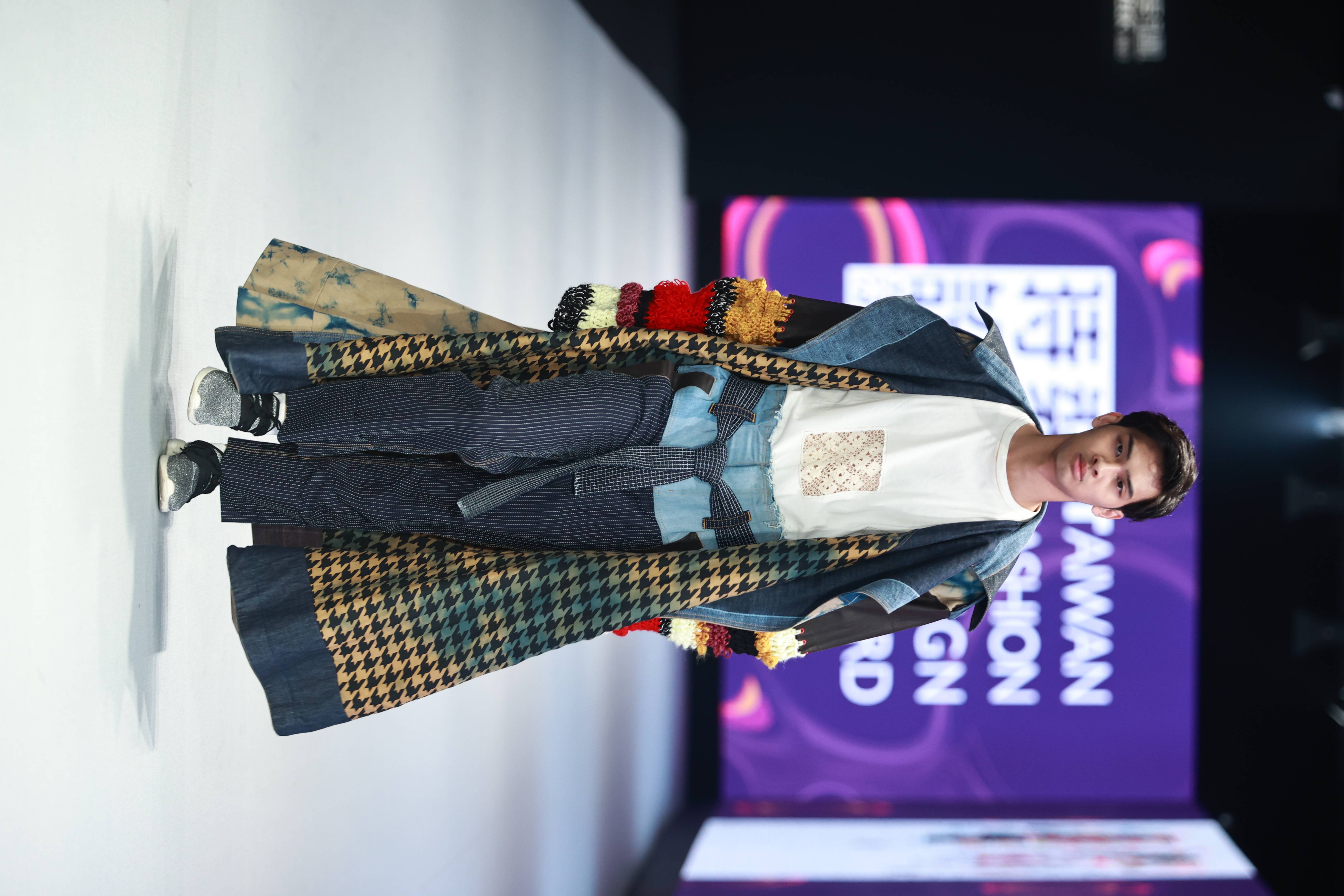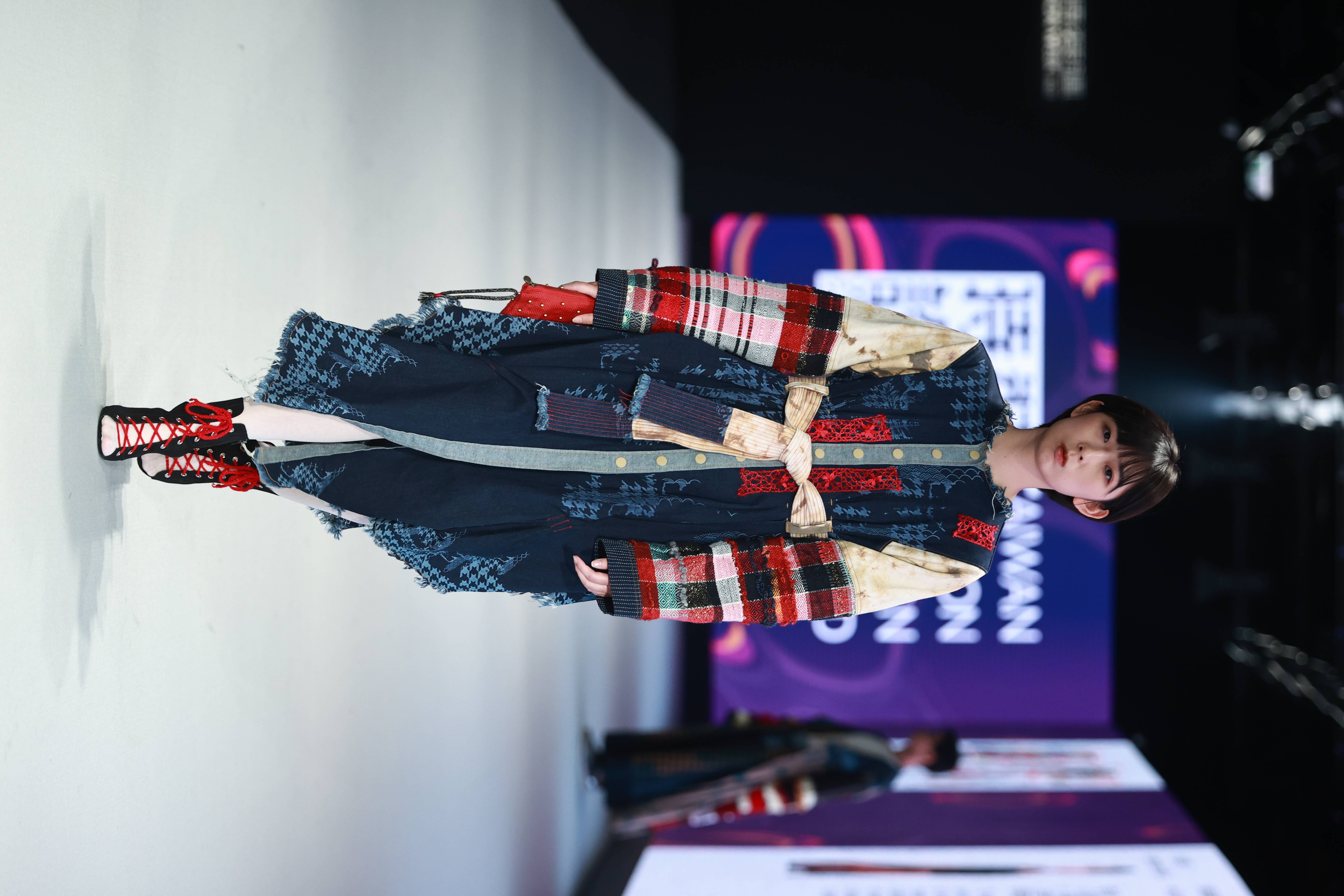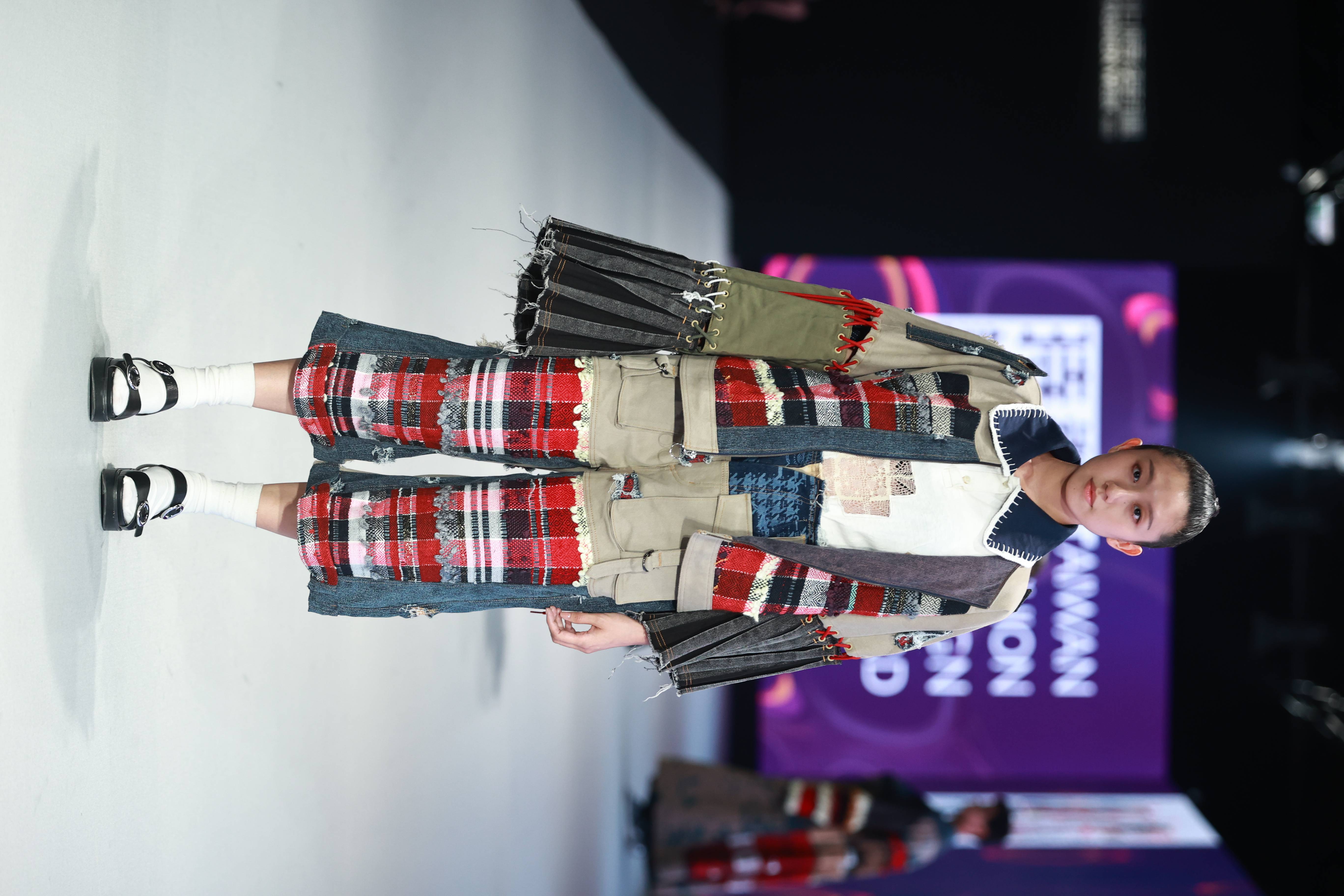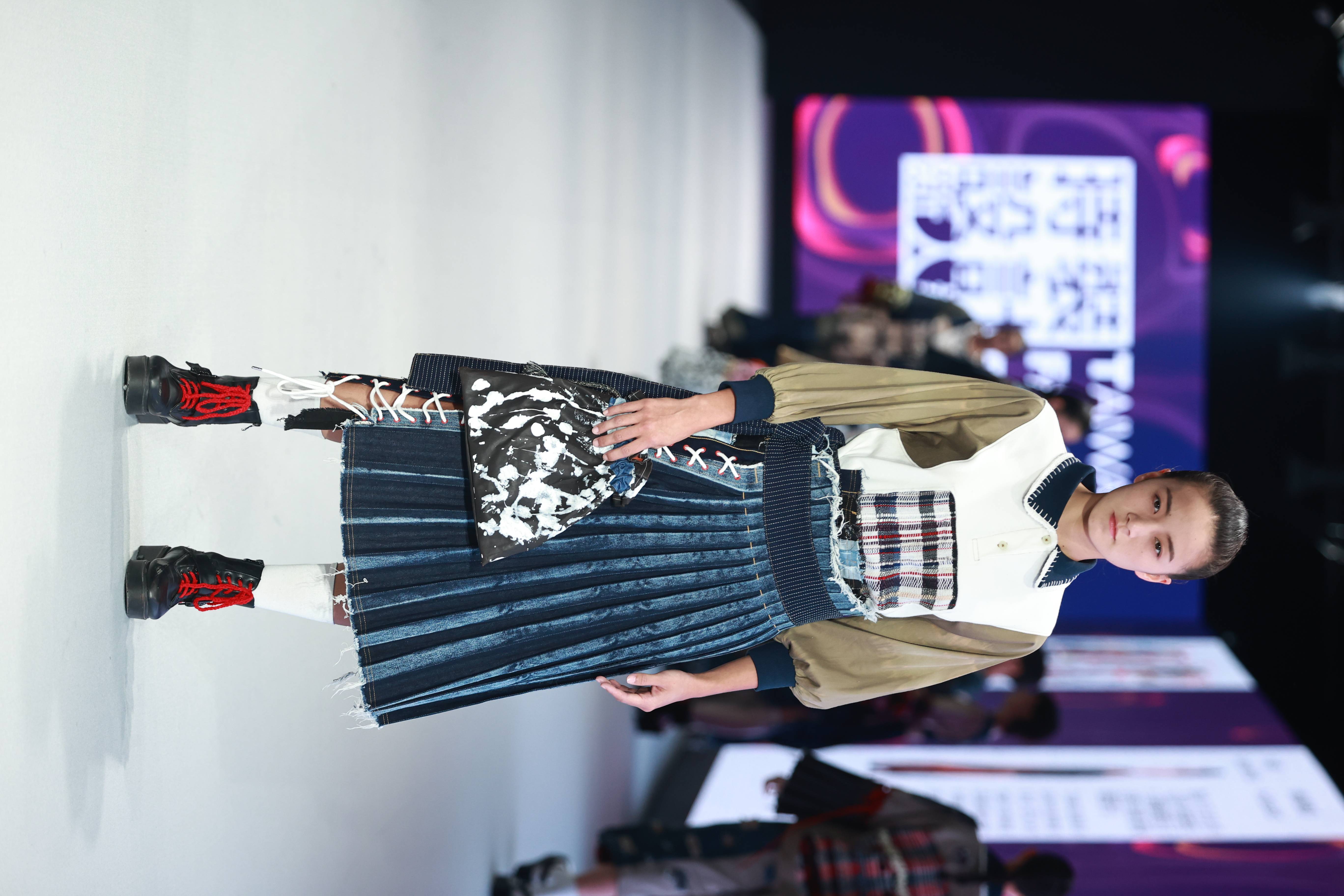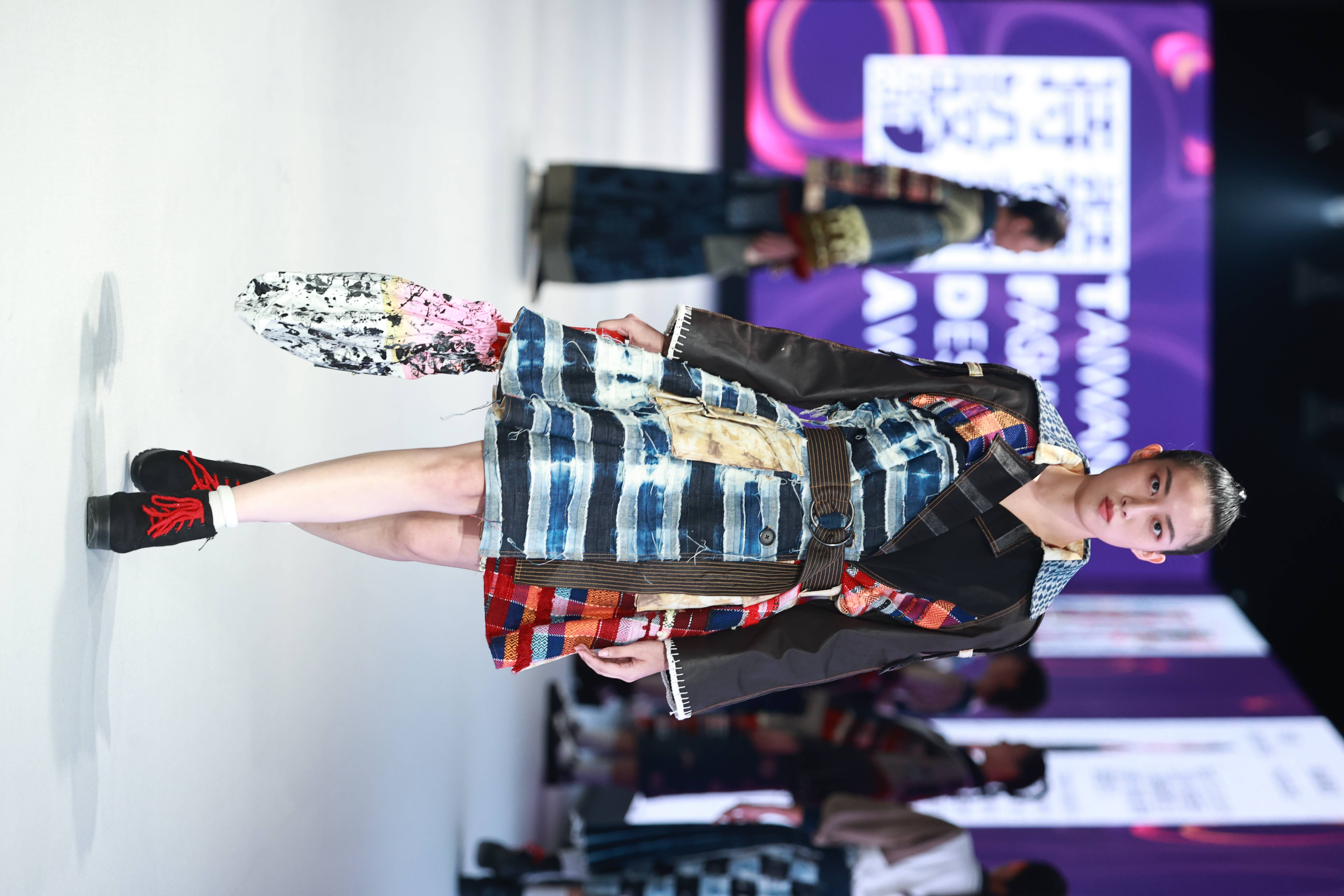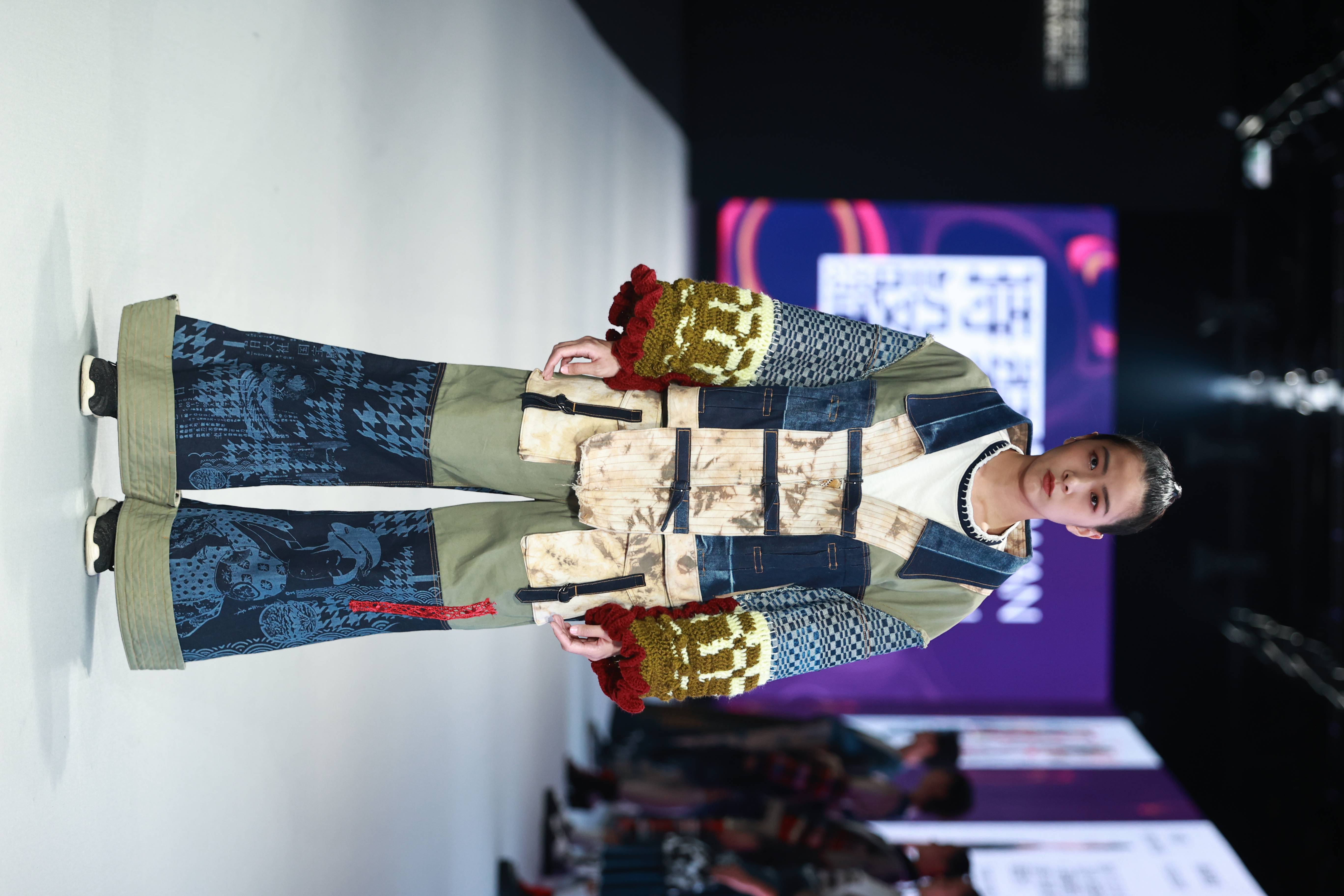SUSTAINABILITY and FUNCTION
'kǣli' means pieces in my native tongue. The main technique of the collection was to bring pieces of waste fabrics together to create innovative textiles by incorporating diminishing heritage craftsmanship. My garments combined environmental and social aspects to create impactful designs. It allowed me to breathe new life into the textile by combining waste thread and yarn with heritage crafts such as patchwork, crochet, bobbin lace and handloom which empowered the marginalized artisans. Most importantly mother earth by designing responsibly. Employing these methods does not consume any hydrocarbons in terms of production.
In terms of design, my garments pass on an ethos of timelessness by embracing low tech and high-tech techniques that express 3Rs (reduce, reuse, and recycle) in the complete garment lifecycle.
I used zero-waste, upcycling, reconstruction techniques that not only produce a low-waste garment. By using end-of-roll textiles and cut-and-sew waste, I was able to upcycle them into timeless pieces. I utilized preloved denim which was repurpose by deconstructing them in a fashion that allowed me to embody them into my collection through patchwork.
I used natural dyeing techniques using native plants that produce original color dyes without releasing harmful chemicals to the planet. Wastewater from the dyeing safely repurposed to water plants. Furthermore, as for high tech processes this collection employs Ozone bleaching and laser printing techniques.
The longevity of the garments is justified by the color palette as well as it employs worn-out colors. Some garments of this collection have strong androgynous and gender fluid elements to them appealing it a wider audience even as a second-hand garment.
Longevity is hard-wired to the design as illustrated earlier, this collection aims to bring sentimental value to its wearer by employing heritage crafts such as boro mending techniques and timeless design aspects. It aims to be a generational garment that would ideally be passed down from generation to generation as it can be easily mended using the boro technique.
